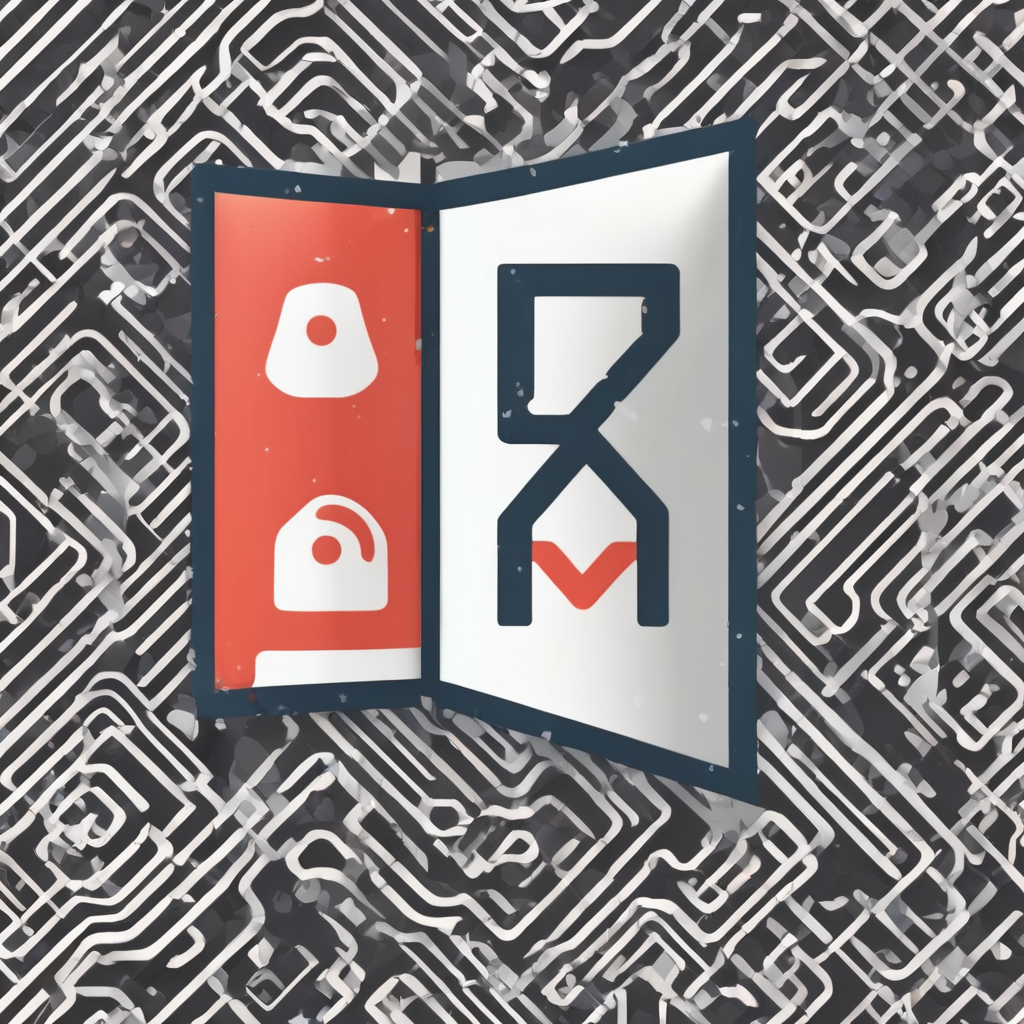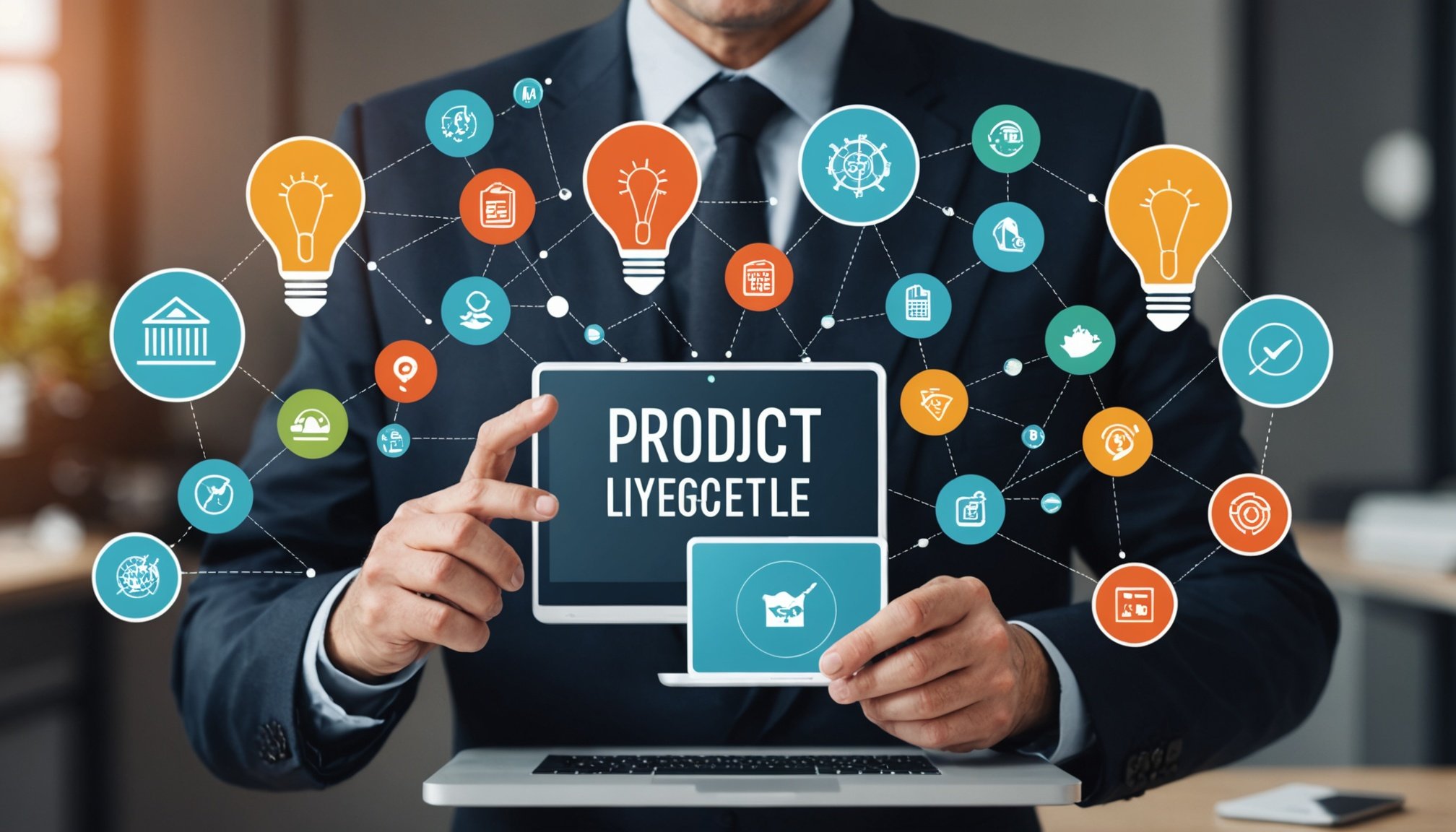Product Lifecycle Management (PLM) software transforms how businesses oversee products—from initial concept to retirement—by centralizing data and streamlining collaboration. This approach eliminates version conflicts, reduces costly errors, and accelerates development cycles. Discover how selecting the right PLM tool enhances efficiency, fosters teamwork, and ultimately drives better product outcomes across industries.
Understanding Product Lifecycle Management (PLM) Software and Its Strategic Importance
PLM software, or Product Lifecycle Management solutions, is essential for managing every phase of a product’s existence, from initial conception to disposal. It streamlines workflows, centralizes data, and enhances cross-functional collaboration with key features like version control, change management, and automated documentation.
Additional reading : What are the latest UK innovations in quantum computing?
Modern PLM systems foster tighter integration among engineering, manufacturing, and supply chain teams. They provide a single source of truth, reducing errors and duplicated efforts. Implementing PLM improves product quality, shortens time-to-market, and ensures compliance with regulations.
These benefits translate into strategic advantages, positioning companies for sustainable growth and innovation. Additionally, they support digital product lifecycle strategies by enabling real-time analytics and automation, whichoptimizes resource use and minimizes risks. Tools like Explore more assist organizations in selecting solutions aligned with their unique needs.
In the same genre : Maximize your business potential with the right plm software
Core Features and Benefits of Leading PLM Software Solutions
Key Functionalities of Top PLM Platforms
PLM software features overview begins with robust product data management integration, allowing teams to store and manage all product-related information in a unified, secure platform. Modern solutions excel at handling bill of materials (BOM), supporting engineering change management, and enforcing quality control throughout the development cycle. Lifecycle change management tools are integrated to ensure consistent documentation and tracking of revisions, reducing manual effort.
Dashboards for real-time lifecycle analytics and product lifecycle collaboration platforms enhance decision-making by offering clear visibility into project statuses and KPIs. Automation drives efficiency across processes, while collaboration features in lifecycle software empower cross-functional teams to synchronize tasks, share updates, and avoid duplicated efforts. Integration with ERP and CRM systems fosters seamless workflows across departments, providing a consistent, single version of truth for all stakeholders.
Benefits of Implementing Modern PLM Solutions
Implementing top-rated PLM software accelerates product development, enabling improved time-to-market efficiency and minimizing costly mistakes. Enhanced traceability and compliance mechanisms within product lifecycle management solutions assist teams in tracking every change, ensuring regulatory standards are respected globally.
By adopting benefits of integrated lifecycle tools, organizations improve risk management and foster innovation through customer feedback and real-time insights. Integrated product portfolio optimization methods support agile adaptation in response to market demands, leading to more sustainable and customer-centric products.
Use Cases, Industry Applications, and Implementation Considerations
Practical Use Cases and Industry Examples
PLM systems for manufacturers drive efficiency in sectors like automotive, aerospace, consumer electronics, and retail by automating end-to-end workflows. Lifecycle automation in product development streamlines everything from ideation to delivery, cutting time-to-market and reducing costly versioning errors. One benefit of managing product versions effectively is that teams across departments always access the most recent data, minimizing duplication and miscommunication.
Industries adopt product lifecycle management solutions to enable sustainability tracking and regulatory compliance—vital for aerospace or consumer goods where documentation and traceability are mandated. For example, automotive brands use digital product lifecycle strategies to coordinate global launches, leveraging PLM systems for manufacturers to synchronize supply chain operations, accelerate updates, and ensure consistency across product families.
Critical Factors for Successful PLM Implementation
Achieving ROI with lifecycle automation in product development hinges on aligning system selection with business needs and product complexity. Integration with legacy systems and addressing siloed data are common challenges. Change management, dedicated user training, and ongoing stakeholder engagement foster adoption. Structuring PLM processes around real-time data, strong collaboration, and managing product versions effectively is key for scalable, resilient implementation across enterprises.







